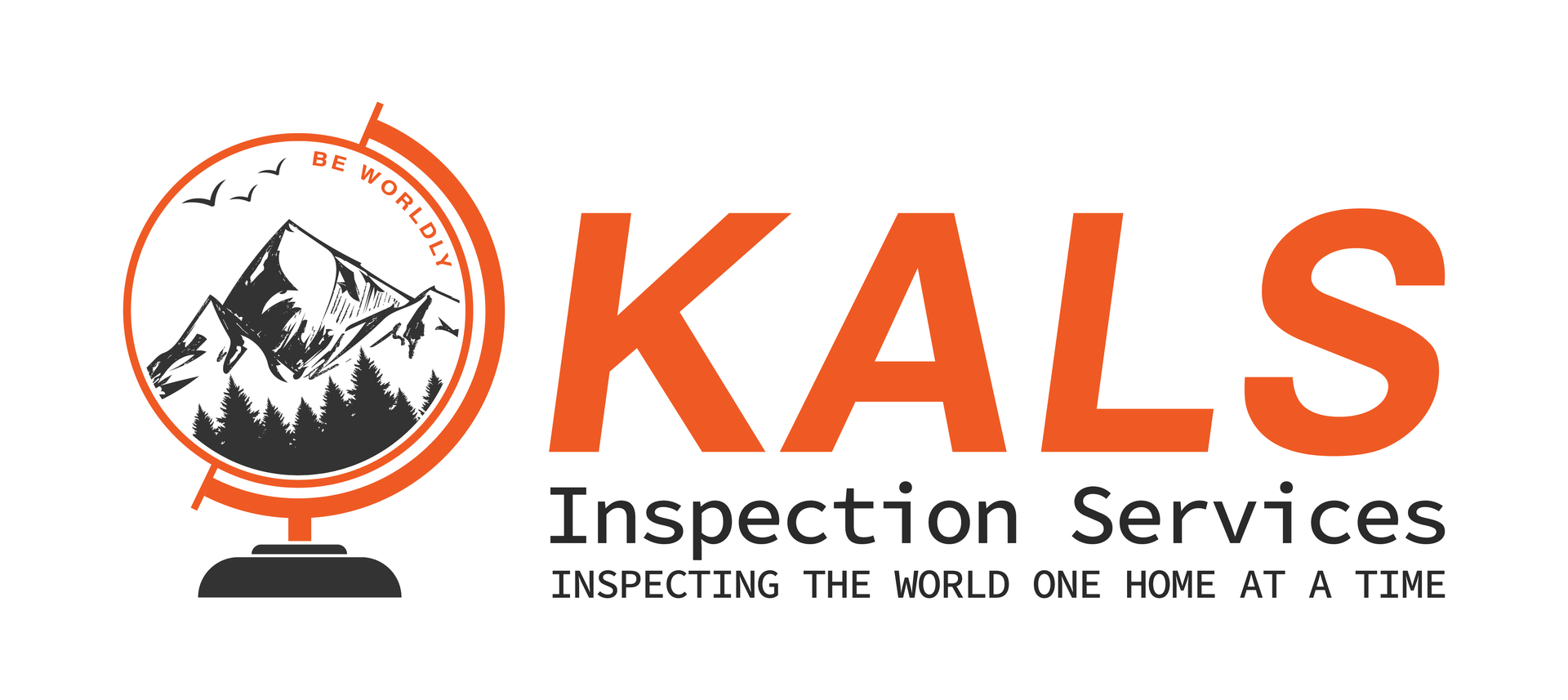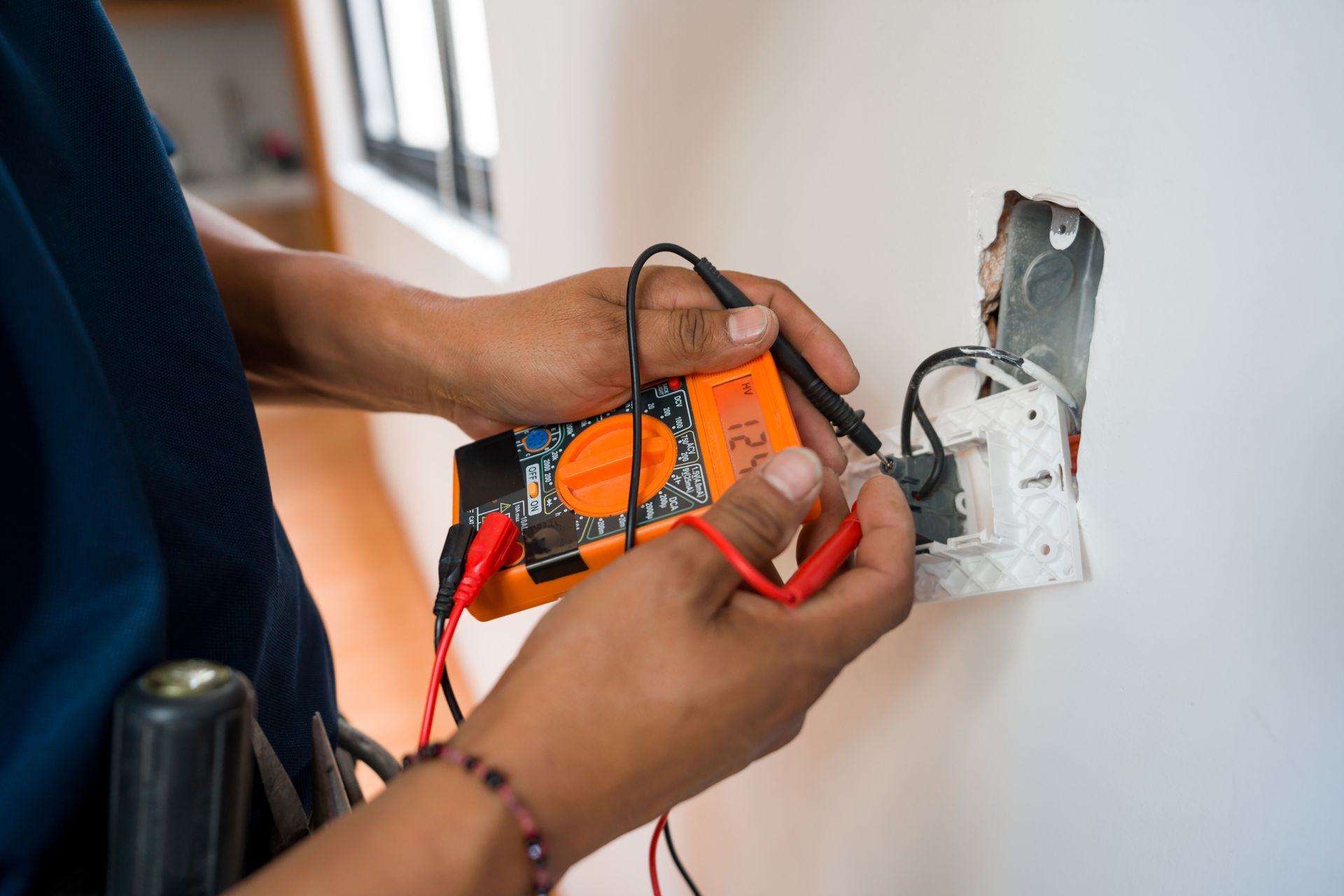The Top 10 Red Flags in Home Inspections in Charlotte, NC & Surrounding Areas
Introduction
Home inspections are a crucial part of the home buying process, helping buyers make informed decisions about their potential investment. During a thorough inspection, a trained home inspector assesses the property's condition, identifying any issues that may need attention. In this blog post, we'll explore the top 10 red flags in home inspections that buyers should be aware of. Recognizing these warning signs can help you avoid unexpected problems and make a well-informed decision.
Foundation Cracks:
Cracks in the foundation can be an indication of structural issues. While not all cracks are cause for concern, larger, uneven, or stair-step cracks may signify a problem that needs further investigation.
Roof Problems:
Issues with the roof, such as missing or damaged shingles, leaks, or signs of aging, should be carefully noted. Roof repairs or replacements can be expensive, so it's essential to know the condition of the roof.
Water Damage:
Water stains on walls, ceilings, or floors are red flags for potential water infiltration issues. These stains can be indicative of plumbing leaks, roof leaks, or poor drainage around the property.
Electrical Hazards:
Unsafe or outdated electrical systems can pose significant safety risks. Common electrical red flags include exposed wires, overloaded circuits, outdated wiring, and faulty outlets.
Plumbing Concerns:
Leaky pipes, clogged drains, and outdated plumbing systems can lead to water damage and costly repairs. Check for evidence of water leaks and inquire about the age and condition of the plumbing.
Mold and Mildew:
Mold or mildew growth can be a sign of excessive moisture or inadequate ventilation in a home. Besides causing health concerns, mold remediation can be expensive.
Pest Infestations:
Pest infestations, such as termites or rodents, can lead to structural damage. Look for signs of pests or damage, like chewed wood or droppings.
Haphazard DIY Repairs:
DIY repairs done without proper knowledge or permits can create issues. Inspectors may spot improper or unsafe alterations to the property.
Insulation and Energy Efficiency:
Inadequate insulation or energy-inefficient features can result in higher utility bills. A lack of insulation in attics and walls, old windows, or outdated HVAC systems can be red flags.
Poor Drainage:
Inadequate drainage around the property can lead to water accumulation and flooding. Check for water pooling near the foundation, as it may indicate drainage problems that could affect the property's structure.
Conclusion
Recognizing red flags during a home inspection is crucial for making informed decisions when buying a home. While some issues may be minor and easily addressed, others can be costly and may make you reconsider your purchase. Remember that a home inspection report is not just a list of problems; it's a valuable tool for understanding the condition of the property and making the best investment decision for your future home. Always work with a qualified home inspector to thoroughly assess any potential issues and consider negotiating with the seller based on the findings.
Quick Links
KALS INSPECTION SERVICES LLC PROUDLY SERVICES THE GREATER CHARLOTTE METRO AREA
- Fort Mill, SC
- Rock Hill, SC
- Indian Land, SC
- Lake Wylie, SC
- Lancaster, SC
- Tega Cay, SC
- York, SC
- Pineville, NC
- Ballantyne, NC
- South Charlotte, NC
- Steele Creek, NC
- Matthews, NC
- Stallings, NC
- Indian Trail, NC
- Wesley Chapel, NC
- Weddington, NC
- Marvin, NC
- Waxhaw, NC
Like and Share us on:
















